Our adoption story began about four years prior to our actual adoption. I was sitting at work one regular day and just had a random thought to research international adoption. This was not something we had previously discussed and wasn’t something at all on our radar screen. We had – at that time – two young boys (ages 2 and 4) and life was pretty full and crazy. I have no idea what made me type the words “international adoption,” but that initial Google search was the beginning of our adoption story. I guess it was our “call.” And, we aren’t the sort of people to receive “calls.” Or, at least that’s what we thought. We are Christians and are people who believe in “calls,” but we had always assumed that we weren’t really the sorts of people to be “called” upon for big things like this. But, I couldn’t seem to shake the feeling that this was something we were supposed to do.
As I researched and read blogs and visited informational sites, I found myself repeatedly thinking about a poem by Mary Oliver. The poem is called “The Summer Day,” and it concludes with this line, “Tell me, what is it you plan to do with your one wild and precious life?”
We discussed and considered and pondered for about a year and were getting to the point of taking some serious steps toward adoption when, out of the blue, my otherwise healthy mother was diagnosed with a malignant brain tumor and my father-in-law suffered a series of strokes and began a rapid decline. We spent the next nineteen months working to help our families deal with these health issues and preparing ourselves and our children to say goodbye to our parents/their grandparents. During this time, the question “Tell me, what is it you plan to do with your one wild and precious life?” took on a new sense of urgency in my mind. I could see – more clearly than ever – that when you near the end of your life, little else matters beyond your family and your faith and the love you’ve shared and had shared with you during your lifetime and the good you’ve done for and in the world.
So, I asked one last time if we could run the spreadsheets (we are both lawyers after all…) and see whether we could somehow take this leap of faith that we had been praying about for the past few years. And on Christmas Eve, we decided that we could. The agency we had chosen was closed for Christmas and New Year holidays, so I waited until it re-opened and, on January 3, 2013, I called and we completed our application and made our initial payment that day. We were officially “in” on January 3, 2013. And, on that very same day, on the other side of the world, in a little, rural county about two hours southeast of Nanchang, a baby girl with albinism was born. Our daughter…
We slogged our way through the home study and dossier process. We (im)patiently dealt with a crazy delay when a New Jersey office worker “lost” my husband’s child abuse clearance for 8 weeks… We notarized and sealed and authenticated and compiled more paper than it seemed we’d dealt with at any prior stage of life. And, then our dossier was logged in and we began the wait to be matched. Since our boys were now at ages where they could understand what we were doing, we asked them whether they wanted us to look for a brother or for a sister. Gender did not matter to us. The boys unanimously “voted” that they wanted a sister.
The very first month we were eligible for a shared list match, we got a call from our agency. The child had some needs we were familiar with and some possible additional needs. We had the child’s file reviewed by two doctors and received two negative reports. After much discussion, I tearfully told our agency person that we were going to say no to this “referral.” But, this referral wasn’t just a piece of paper. She was a child. It was one of the most difficult things we’d ever done. None of our research prepared us for how we suddenly felt. The same thing happened the following month. We began to second-guess ourselves sand whether we had really heard the right “call.”
Then, a few months later, our agency representative called to check on us and to ask whether we would consider a need that was not on our checklist: ALBINISM. She told us that she had seen a file pop up (not on the regular release night) on the shared list and she just had an overwhelming feeling that this was our daughter. We went into crazy research mode. That very week, a mom from a Facebook group had written about her family’s experience adopting a child with albinism. We read her blog. We scoured other information. We reviewed everything the NOAH website had to offer. We discussed and prayed. And, then we said yes – if the file appeared, we would be willing to look. And a few hours later, the file did appear. We did look. And, we knew… this was our daughter. When we sent her file to a doctor to review, we already knew what his response would be. And it was exactly as we expected. He said that he could sum up his evaluation in three words: “GO GET HER!”
On June 29, 2014, a little girl, with her white hair pulled tightly into a ponytail on top of her head, came into a hotel lobby chasing a green balloon. Her orphanage director and a staff member handed her to me and, after a brief discussion with us and with our guide, drove away. She was ours.
She cried herself to sleep and then tearfully let us hold and feed her that night. She woke up the next morning and held up her arms to be picked up out of her crib. We lifted her and she – and we – never looked back. She was everything we hoped she would be and more. She was healthy and big and curious and loving and smart as a whip. She had been loved and responded to and taught and engaged at her orphanage and it made her transition to us and to our family so easy.
We will be forever grateful to her small and wonderful orphanage (she was one of only two children for the first 13 months she was there and then was the ONLY child there for her last 3 ½ months) for the amazing care they provided for her. Unlike so many orphans, who suffer in conditions with too few caregivers and too many children, our Emily was surrounded by many people and caregivers.
Her SWI had several elderly residents who treated her like a granddaughter and who let her play in their rooms and eat their food and help them plant flowers in the garden. Her special caregiver (she called her “Grandma”) took her outside, pushed her in a stroller, taught her to walk and climb, shared meals with her, made sure that she had sunglasses or a hat when outside (so important for a child with albinism), and – most of all – loved her. Her “Grandma” lived at the orphanage and worked as the “guard.” Because she was there all the time, she had Emily by her side all the time. Our girl was almost never alone.
Although it the people at her orphanage were not her biological family members, these ladies and elderly residents at her orphanage acted like a family for Emily and loved her like she was part of their family. We know that her ability to love us and to assimilate so easily into her forever family is due to her unusually good orphanage experience. Her needs were always met. Her cries were answered. She never wanted for food or attention.
Sadly, her experience is not the way it is for so many children. And we recognize that, because of that, not every family’s experience is like ours. We see the stories and the heartache and hear about the challenges these families and children face. We wish that every child – if they have to be in the circumstance of having been abandoned and placed into orphanage care – could have the sort of experience that Emily had. Maybe, somehow, through the work of parents and foundations and groups like Half the Sky, Love Without Boundaries and others, this can someday be a reality.
We’ve now been home for eleven months and Emily continues to surprise and amaze us each day. She loves her brothers and her grandparents. She loves her preschool teachers and Sunday School teachers and friends. She loves to go shopping and to play outside. She loves to read books and to play with toys and to roll through our neighborhood in her wagon or stroller. She is curious and happy and loving and hilarious. People tell us that she’s lucky, but we know better. We are the lucky ones.
She has brought so much joy and love and laughter to our lives (and has made it crazier too!). We didn’t know what we had been missing! Her brothers love her so much and we love that, through her adoption, they have had their eyes opened to the orphans in the world and to the fact that not everyone has the security and love that they have always had. Through Emily, they’ve seen that family isn’t just about biology. It’s about love.
Our fears about albinism as a special need have also faded away. We would adopt another child with albinism in a heartbeat! While people with albinism have a wide range of possible visual acuity (and we still don’t know exactly what Emily’s acuity is since she’s too young to read an eye chart), most of them have good functional vision. Emily can do anything any other two year olds do. She “reads” books, points out pictures and objects in books, plays with toys, rides little tricycles and ride-on toys, climbs, swings, slides, draws and paints, and uses her imagination. She recognizes us and recognizes our house and our cars and places we go. She sees pretty much what we see. She just may not see it with the detail that we do. So far, though, her “low vision” has very little impact on daily life and most people who meet and spend time with her tell us that they would never have realized that she has any sort of vision impairment.
Most people with albinism a visual acuity somewhere in the range of 20/60 or so to 20/200 and higher. Most people with albinism are considered legally blind and most do not drive (although that is a very far off consideration at this point for Emily). Many have nystagmus – which is rapid movement of the eyes back and forth (sometimes more pronounced when they are tired or under stress). Many people with albinism learn Braille and some use a cane to help get around on uneven terrain (most people with albinism have problems with depth perception). All this said, most children with albinism go to regular, mainstream schools. They can play sports and participate in regular activities (dance, swimming, soccer, wrestling – and even things like volleyball and gymnastics). They go to college and law school and graduate school. They marry and have children (albinism is a recessive genetic trait, so their children likely will not be born with albinism). Albinism has no impact on intelligence and there are even some experts who believe that people with albinism can have higher IQs than the general population.
People with albinism have a higher risk for non-melanoma skin cancers and need sunscreen when playing or being out in the sun. But, that’s really true for most of us (especially me) and is a good practice for all children regardless of the amount of pigment in their skin. People with albinism don’t have to fear the sun. They just have to be careful. For us, this just means a using a good SPF 30 sunscreen every two hours when Emily is in the sun and keeping on hand a good collection of hats and sunglasses. Emily wears shorts and t-shirts and swimsuits just like any other child. Long-sleeved rashguards are helpful when at pools or beaches because they can minimize the need for as much sunscreen. Emily loves being outside and spends lots of time at the neighborhood pool or at her brothers’ soccer games.
We have had her evaluated by our county’s early intervention services and by the Center for the Visually Impaired. We have a TVI (Teacher for the Visually Impaired) helping to monitor her (one hour a month right now) for accommodations she will need once she begins regular, mainstream kindergarten. Emily did not qualify for any early intervention services other than vision-specific ones, so we just work with the TVI and early intervention team to get ready for her IEP meetings once she turns three. We also take Emily to the eye doctor and to the dermatologist once a year. That’s it. Emily wears glasses, but the glasses do not correct the congenital issues caused by the development of the eye without pigment. Rather, her glasses are for nearsightedness and refractive error (things that any child/adult might require glasses to correct).
For all of our fears early on, albinism has been a very easy “special need.” I think most in the albinism/adoption community would agree with that statement. That said, there are some families whose children with albinism were very neglected at their orphanages and – just as would any child who had come from such circumstances – those children have faced significant issues with attachment and delays. Albinism is viewed by many in China as a curse. Even at better orphanages, sometimes children with albinism are treated poorly. This is a greater concern, in some ways, for children with vision impairments because when one sense is diminished, early stimulation and intervention takes on even greater importance.
Overall, though, it seems that the biggest hurdle faced by adoptive parents of children with albinism is one associated with dealing with school systems on IEPs and accommodations. Our hope is that since we have worked hard this first year to get all of the systems in place (vision services, ophthalmologist, and dermatologist), that we will have all of the bases covered (or at least ready to be covered) so that we will be ready to work with Emily’s schools to make sure that nothing holds her back. We have been so thrilled to find that there are wonderful, supportive Facebook groups for adoptive parents of children with albinism. NOAH (www.albinism.org) also has a parent group for which calls are scheduled most months on topics of interest to adoptive parents of children with albinism. We’ve turned to these groups with questions (whether for recommendations for the best sunscreens and sunglasses, help in determining appropriate vision services, or advice about ophthalmologists) and we are usually overwhelmed by the supportive responses and advice. The best part of being a member of these groups is the ability to see and to share in the triumphs and successes of everyone’s children!
Some people have asked us about how we will handle things if, down the road, people make fun of Emily for how she looks or because she needs to look at some things at a closer distance than do most people. Our thinking on that is this: As we’ve been out and about with Emily this year, we’ve noticed that most people haven’t ever seen anyone with albinism. They don’t immediately recognize that Emily has albinism. I think that is because of some of the misperceptions/misconceptions about what people with albinism actually look like. Most have blue or gray eyes. Some people with albinism who have more pigment in their skin may have darker blonde or reddish hair and green or hazel eyes. The red or pink eyes that people expect are not present except in some flash photographs where the light of the flash reflects off of the back of their eyes and shows up as red or pink in the pictures.
Most people we meet tell us that Emily’s hair color is beautiful (and there certainly are a lot of people in our country who pay a lot to have blonde hair (myself included!)). It’s pretty common for American toddlers to have light hair like hers. This won’t be as common as she gets older. So, there may be people who ask about her white skin and hair and there may be people who have ugly or mean things to say. But, this is generally true about anything. Kids and other people can be mean. But, most people have something that could be a subject of ridicule (even if it shouldn’t be) and/or about which they feel self-conscious (weight, acne, height, scars, athletic ability, etc…) Our job, as Emily’s family, is to encourage her as we would any of our children and to help build healthy self-esteem and confidence and to remind her that she was/is fearfully and wonderfully made by God. She will stand out, but she can use that to her advantage! She can work to become a person who will be memorable not just because of her white hair and skin, but because of her heart and her mind and her kindness.
Once you’re “in” the adoption world, you hear people say that once your eyes have been opened, you can’t really go back to how things were before adoption. You can’t forget all of the others who are waiting and who just need a family to take a chance on them and to give them love and, as the Bible reminds us, to give them hope and a future. We understand now why so many families go back to China (or other countries) to adopt again.
So, as we near the date marking our first year home, we find ourselves considering again that same question, “Tell me, what is it you plan to do with your one wild and precious life?” Will we adopt again? We don’t know yet. Our family feels complete. That said, the faces of waiting children are never far from my mind. For now, I am working to advocate for children with albinism and with other visual impairments on various agency lists and at Bethel China (though which we sponsor a little boy) and I’ve volunteered to serve as a resource for agencies who have parents considering albinism as a special need to which their family might be open.
I’m happy to talk with anyone about albinism! We support adoptive families through fundraisers and prayer. And, we pray for the children who wait and for the families considering adoption. There are so many ways to help! Our lives have been changed for the better by adoption and we hope our story inspires others to consider adoption as well.
– guest post by Lee Ann


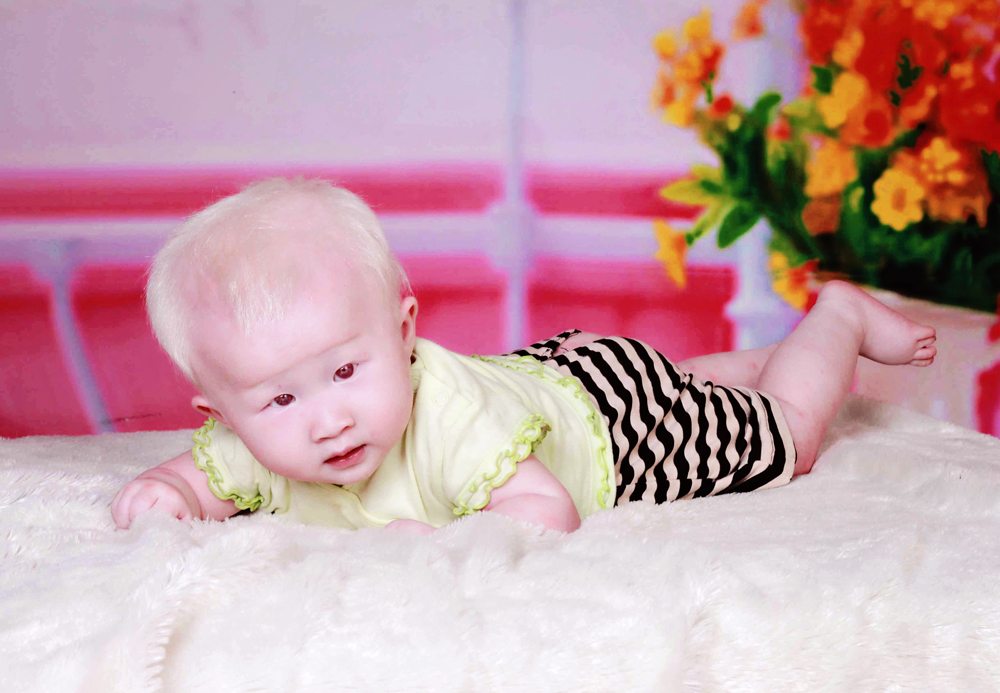
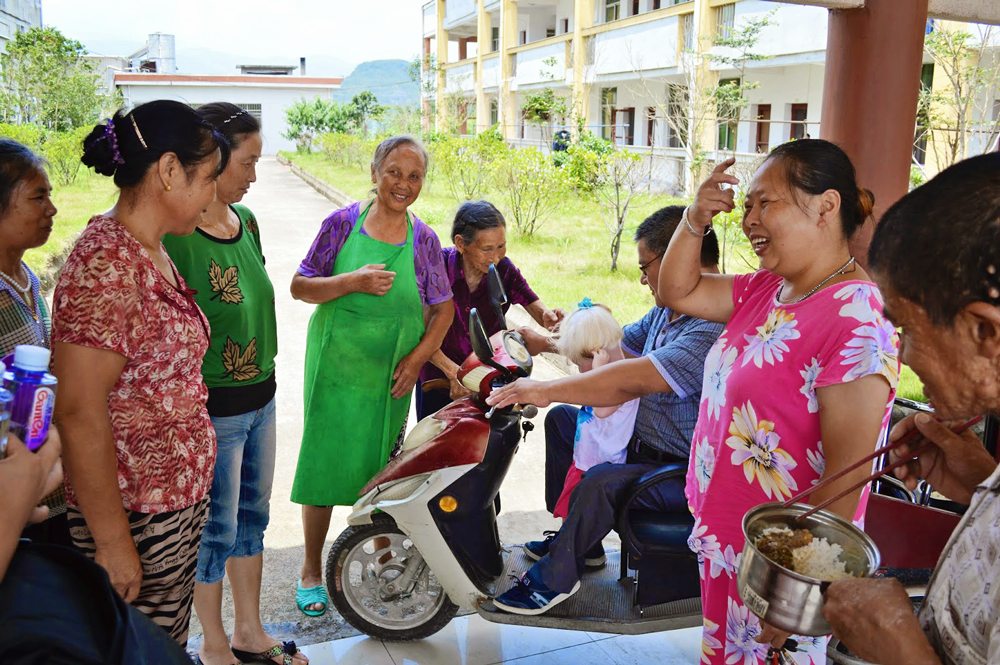
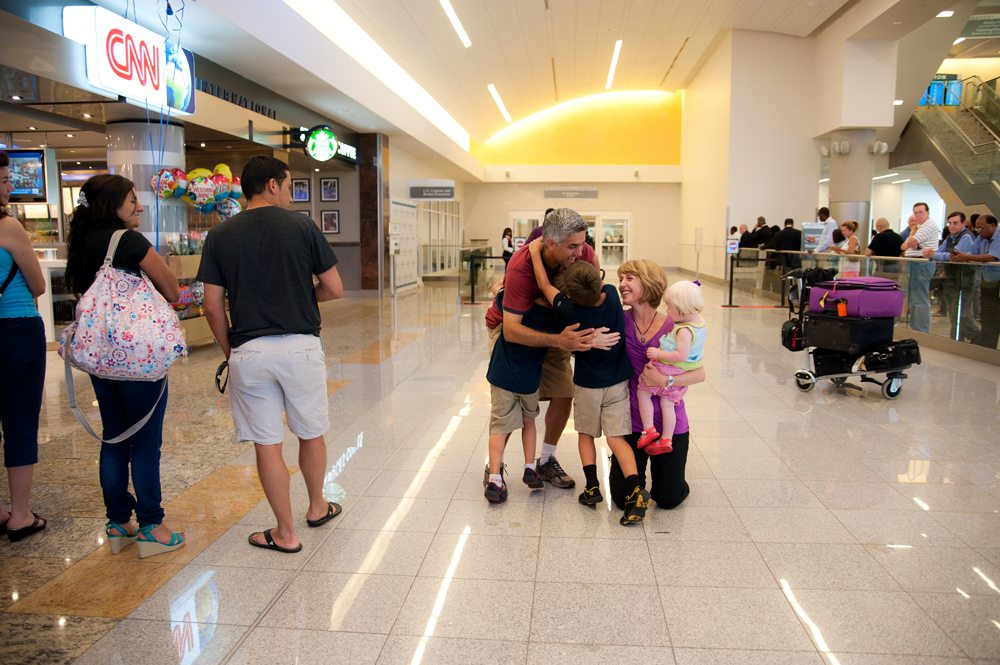
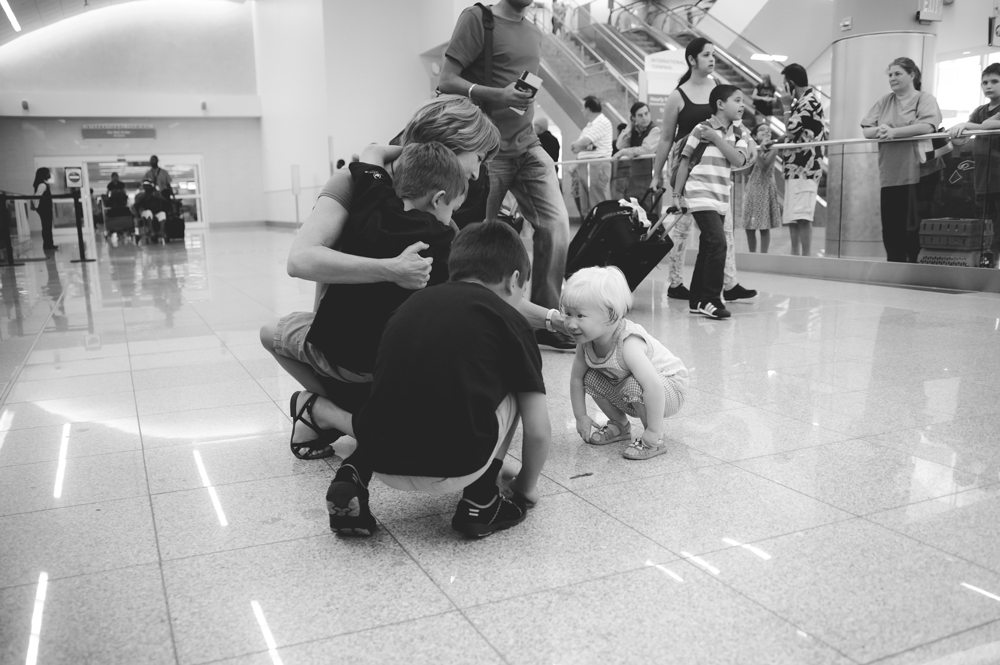
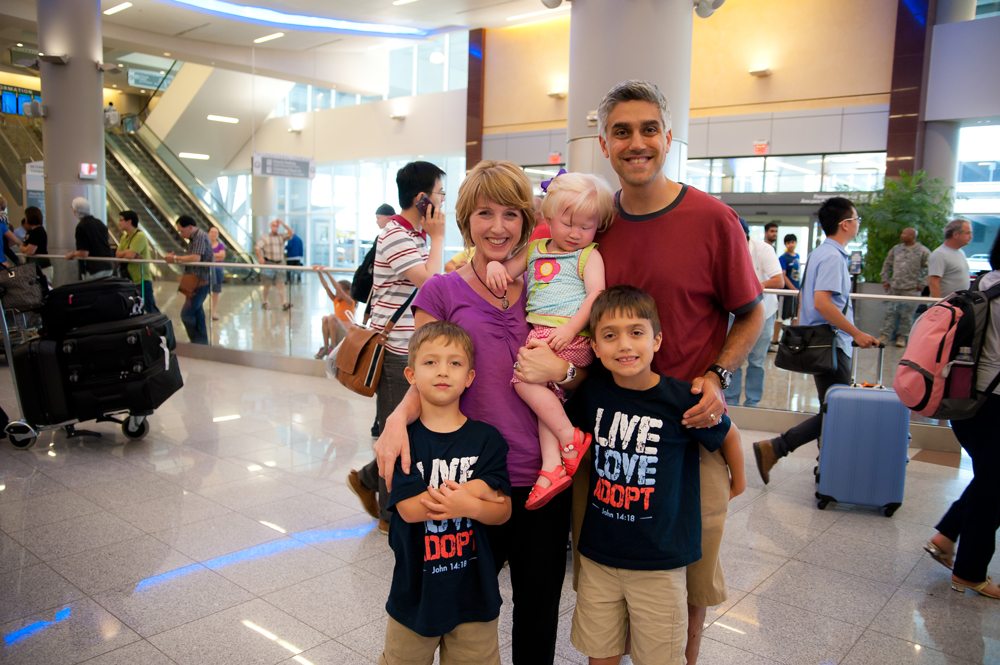

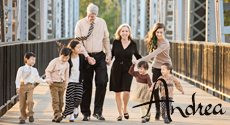
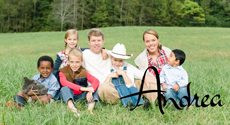
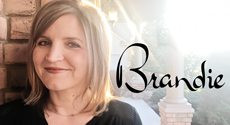

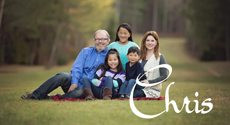
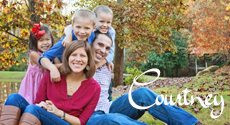
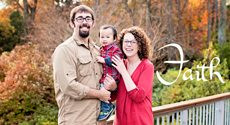
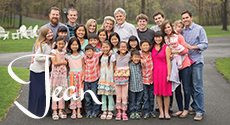
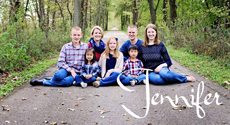
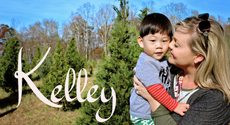
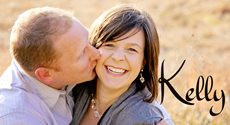
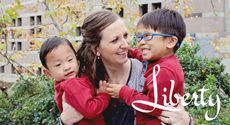
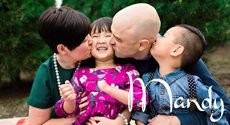
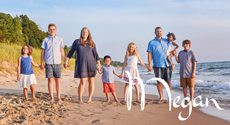
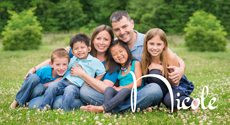
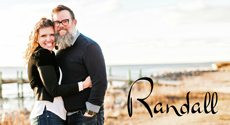
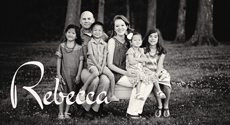
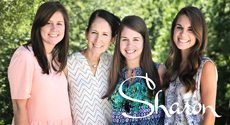
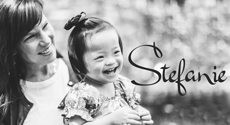
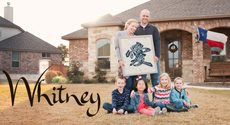
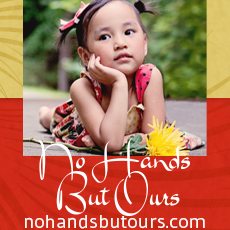

This is so well written, Lee Ann! And I agree with everything you’ve said about parenting a child with albinism. Thank you for sharing your experience.
Hi Lee Ann,
Thank you so much for your post on albinism. My husband and I just received our LOA yesterday for a sweet boy in Jinan with albinism. I am so encouraged by your post and also curious if we could connect in some way. We anticipate traveling in September/October and I would love to have a network of adoptive parents to ‘lean’ on for questions and encouragement.
Sincerely,
Molly
Molly – Congratulations! What wonderful news! I’d love to connect with you. If you click my name in red under the post, it will link to my gmail address.
Loved your article – thank you!
Lee Ann- I have been scouring the internet since May looking for other parents who have adopted children from China with Albinism! Thank you for this post
We are adopting a little girl born January 9th, 2013 and will be travelling in July/ August. I have been researching early intervention resources and would love to connect with you (and perhaps Molly.)
Thank you for sharing, loved your article. I have albinism, too. The worst part is not the low vision, but peoples’ reactions to us. In this case, your daughter has a wonderful family who will help her to be happy, confident and strong; that is something very precious. I loved the last line in your article, that pretty much says it all!
I so needed to read this post to assuage the fears I was having. We just received a call today from our agency. They have a six year old little girl with albinism and asked if we would consider her. Like you, that wasn’t on our “list” but we hadn’t discounted it either. All that keeps ringing through my head is “if you don’t …..then who will?”. Had this child been born to us we would figure out the medical issues as we go along, so why should this be any different? But then the practical side of me kicks in and says “yes, but what if? What if she does end up blind, reading braille and not able to drive? What about all the specialists you will need to provide?”………………..this is where I have to trust that it will all be alright if we say “YES” to this child………….HELP!!!!